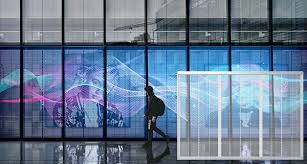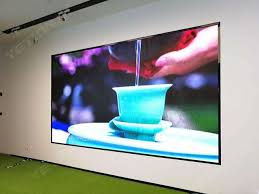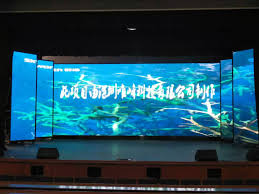Best Practices For Effective Digital Display
Displaying digital signage, dynamic billboards, and other forms of digital displays has become increasingly commonplace across commercial and public spaces. In order to make the most out of dynamic digital displays, it is important to understand best practices for effective display design. Here are some tips from an expert on how you can use these to your advantage.
What is an LED display?
LED displays are often used in stores because they are energy efficient, can have millions of colors, and have high contrast ratios. They also are bright enough to be visible even in the brightest sun, meaning that they can be used anywhere. The one downside is that LED displays cause more power consumption than LCD digital displays.
How does an LED display work?
LED displays are a good example of how technology has advanced the modern world. LED stands for "Light-Emitting Diode," which means that this type of display uses LEDs to emit light instead of liquid crystals. This technology allows an LED display to have high resolution and low power consumption. With the advancement of this technology, LED displays became much more prominent in recent years.
Different types of LEDs
LEDs have been used in digital displays for a while now. The technology is able to create displays that are wide, bright, and easily viewable from great distances. There are different types of LEDs with different strengths, which means there's an LED that's perfect for any application.
Conclusion
LED displays are a new way to advertise. They use less power and require less maintenance than a traditional advertisements. They are also more flexible than TV screens. LED screens are becoming popular for digital signage, kiosks, monitors, billboards, and boardrooms.




Comments
Post a Comment